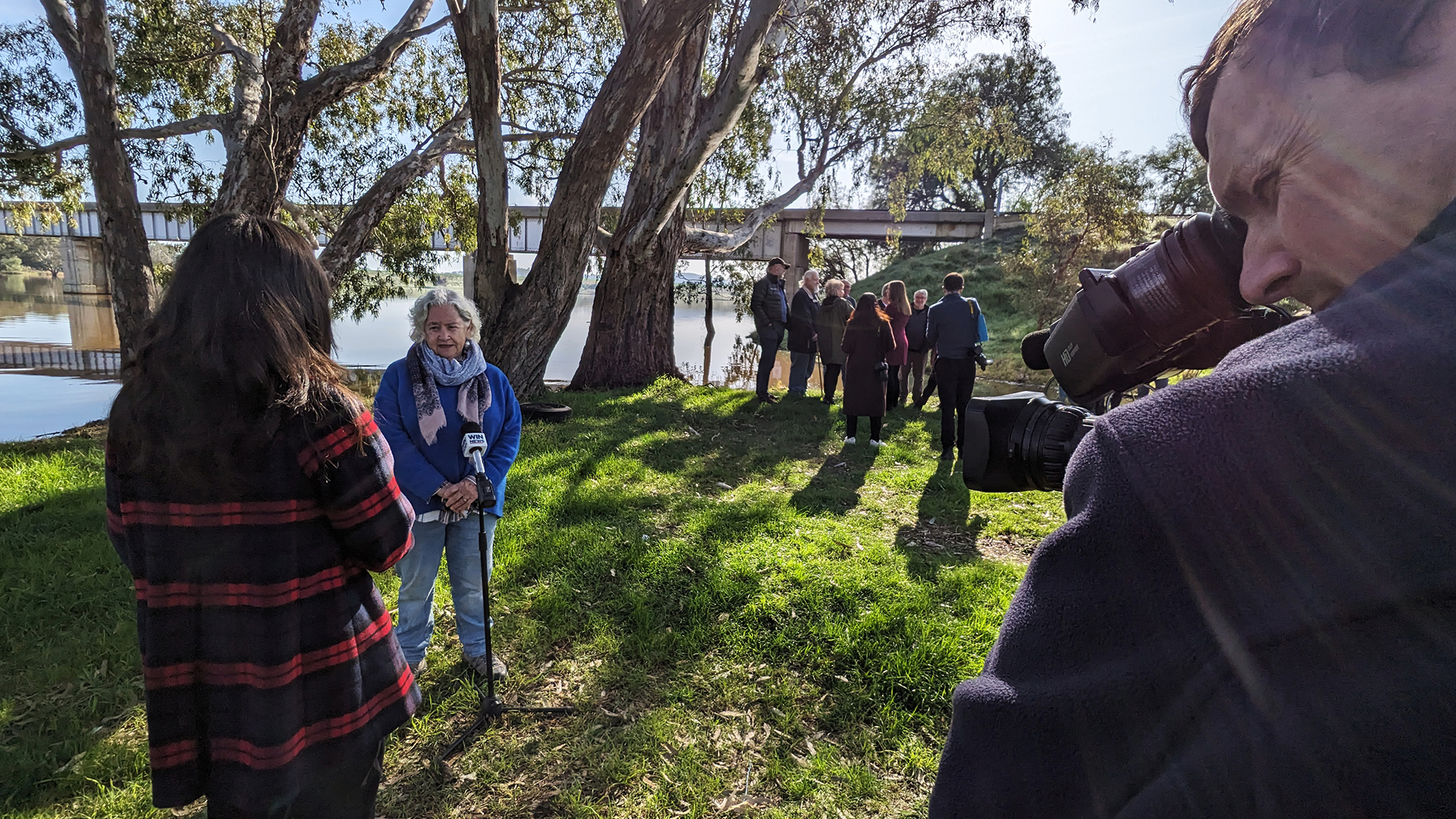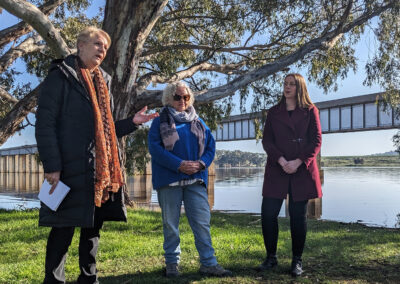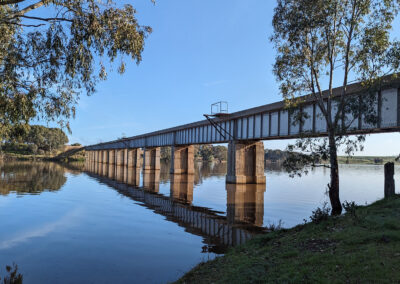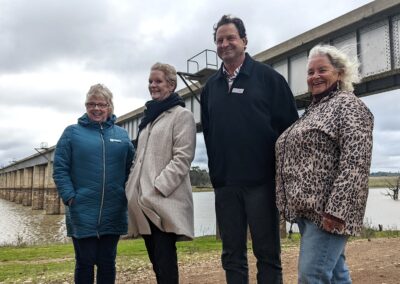
expert study declares trail can ‘transform’ Central Victoria with jobs and visitors
24 August, 2023
It’s a new dawn, Trail Blazers! An expert study released today affirms the transformative effect a trail can have upon our region. The study marks our biggest milestone yet.

Today also begins the march towards our next: to persuade government at all levels – from Maryborough and Castlemaine, to Spring Street, and Canberra – to invest in your trail backed by the findings of this study.
The expert study found that the 60km disused rail corridor Castlemaine – Maryborough can be profitably repurposed as a world-class recreational trail that attracts tens of thousands of visitors a year and brings jobs and prosperity to local communities.
The feasibility study for the Castlemaine- Maryborough rail trail, largely funded by the Victorian Government, has forecast that:
- over its first 10 years the trail’s benefits will outweigh its costs by between 2.2 and 2.6 times
- the trail will increase economic output by some $24M per year the Mount Alexander and Central Goldfields shires
- the trail will support almost 160 new jobs in the communities along the trail
- it could overall generate a positive return of $44M – $51M
- the trail would also generate significant social and wellbeing benefits to local communities, including providing safer commuting options within and between towns
- a well-designed trail will connect the centres of several smaller towns directly to the trail to encourage visitation
The 112-page report was released today on the banks of Cairn Curran Reservoir at Joyce’s Creek, by the Castlemaine – Maryborough Rail Trail Inc (CMRT), and the shires of Central Goldfields and Mt Alexander and was welcomed by Member for Bendigo West Maree Edwards MP and Member for Ripon Martha Haylett MP.
CMRT President Dr Simpson praised the shires of Central Goldfields and Mt Alexander for their 12-month partnership with CMRT which helped deliver the study.
“A trail can help thread the many powerful attractions this region has and knit the communities along the trail even closer together,” Dr Simpson, said.
“Rail trails in other regions have shown how they can bring added prosperity to smaller communities through jobs and new businesses. This trail will too.”
The study profiled six other successful rail trails including five in Victoria and one recently opened in southern NSW. It found that rail trails had lifted tourism and brought increased economic activity to communities they passed through, with very little disruption to nearby landowners or agriculture.
The study has forecast the physical construction of the trail at some $24 million. Most of the cost was for remediation to the more than 60 bridges and crossings and more than 25 culverts to make them safe for walkers and riders. The total cost of the project – including planning, design, project management, land manager negotiations, landowner and community consultation, and some operating costs – were forecast at between $32 million and $38 million.
Dr Simpson said the trail’s projected cost needed to be put into context. Over its first decade, the study forecast the trail would generate some $80 million in regional economic benefits, or more than double its cost.
Dr Simpson said the study identified that the trail could be built in stages – particularly on the 40% of the route where rail track had already been lifted. The study process also acknowledged it was important to support a regional partnership that investment in the trail occur in both shires.
The study found evidence that support for a trail was strong among local residents and business owners. Some 95% of more than 1300 respondents to a study poll, most of them from the region, supported the trail.
The study was also welcomed by Maree Edwards MP and Martha Haylett MP. The trail traverses their two electorates.
“This is an exciting project for our region – and completing this feasibility study was the next important stage. I’m glad the Andrew’s Government provided funding to make this feasibility study happen,” Maree Edwards MP said. “I congratulate the Castlemaine-Maryborough Rail Trail volunteers for their commitment so far, and I look forward to continuing to work with them in the years ahead.”
“A future rail trail between Castlemaine and Maryborough would allow locals and tourists to experience the area’s beautiful landscapes even more, and support local jobs too,” Martha Haylett MP said. “I look forward to the next stage of this project and engaging with volunteers, stakeholders, and local government.”
The study was prepared by urban planners from Fitzgerald Frisby Landscape Architects, tourism economists from Urban Enterprise and engineers from Newton + Kerr Partners.
The collaboration was formed to address the study’s scope which asked the consultants to assess the trail concept from two perspectives: the feasibility of building the trail, including its route, construction and costs, as well as the trail’s tourism prospects, including users’ trail experience and expected visitor demand.
Work for the study began in early 2022 and the study got underway in November.
The study was underwritten by a $120,000 grant from the Victorian Government’s Enabling Tourism Fund, with $18,000 contributed by the community through the Castlemaine – Maryborough Rail Trail association (CMRT) and $12,000 from shires of Central Goldfields and Mount Alexander.
Download the 112-page feasibility study report (38MB)
Download the study report’s 107-page appendix (18MB)
CMRT’s Dr Janice Simpson and John Carruthers served on the project steering group, alongside representatives from our two councils and the state government, that delivered the feasibility report.





